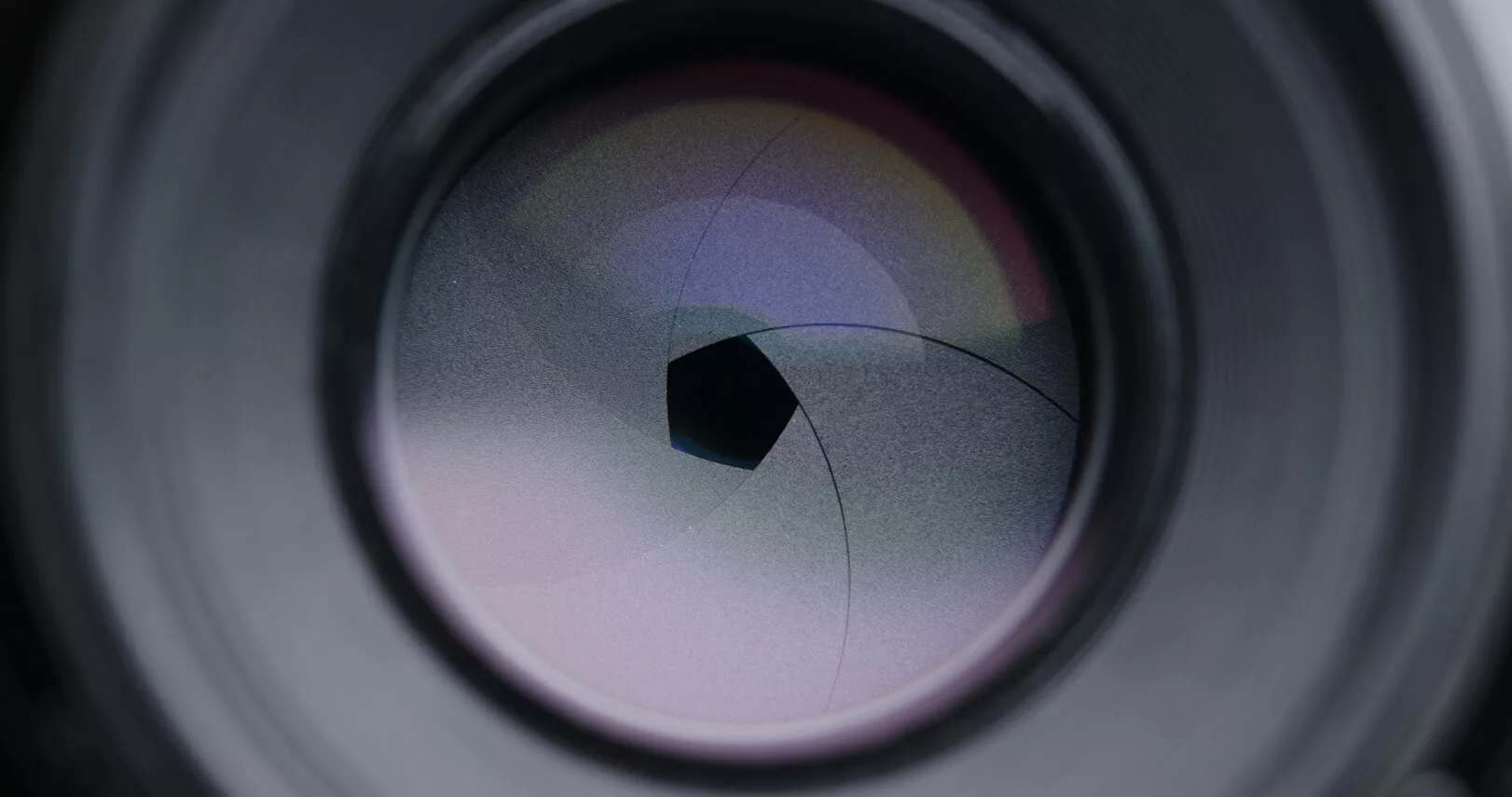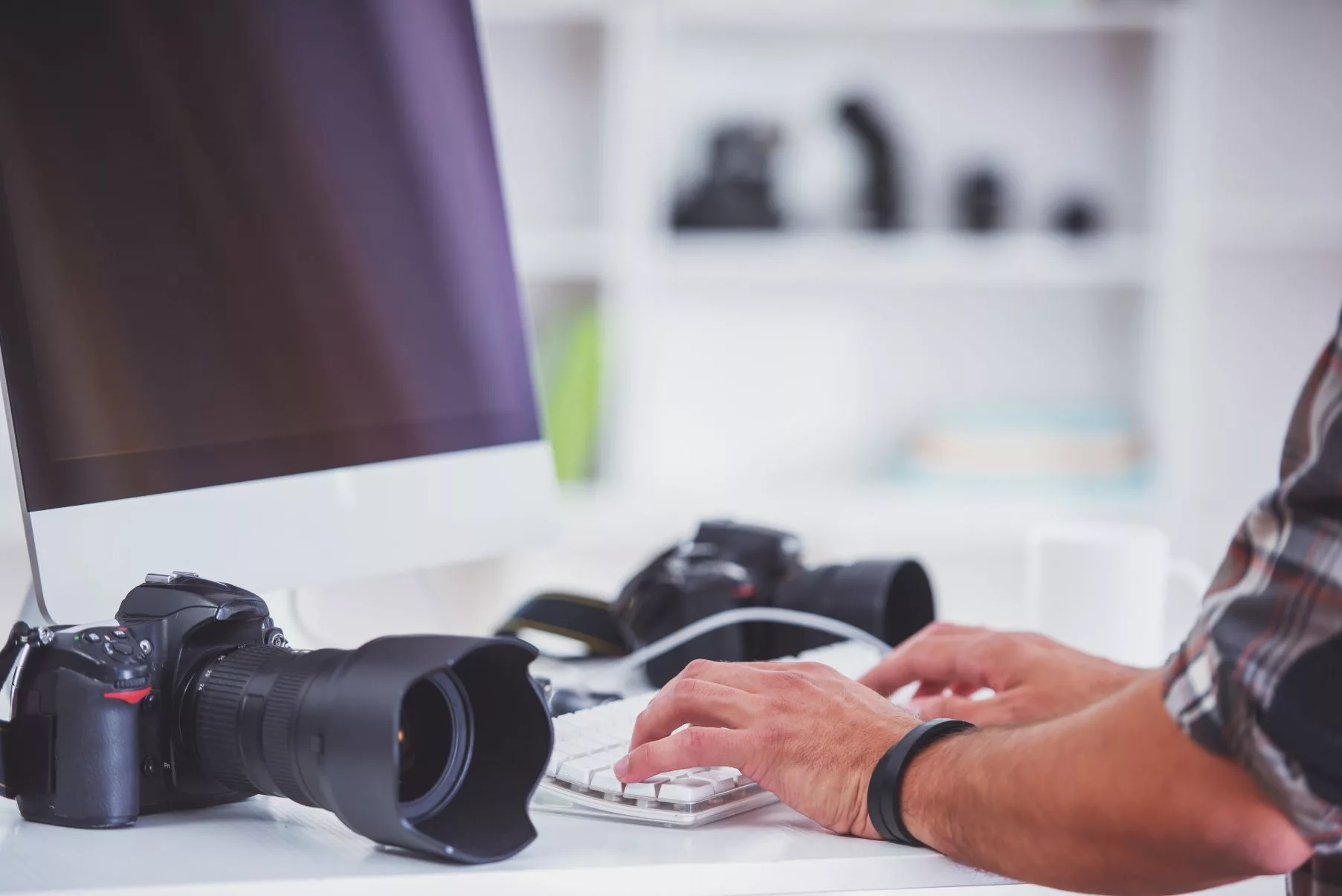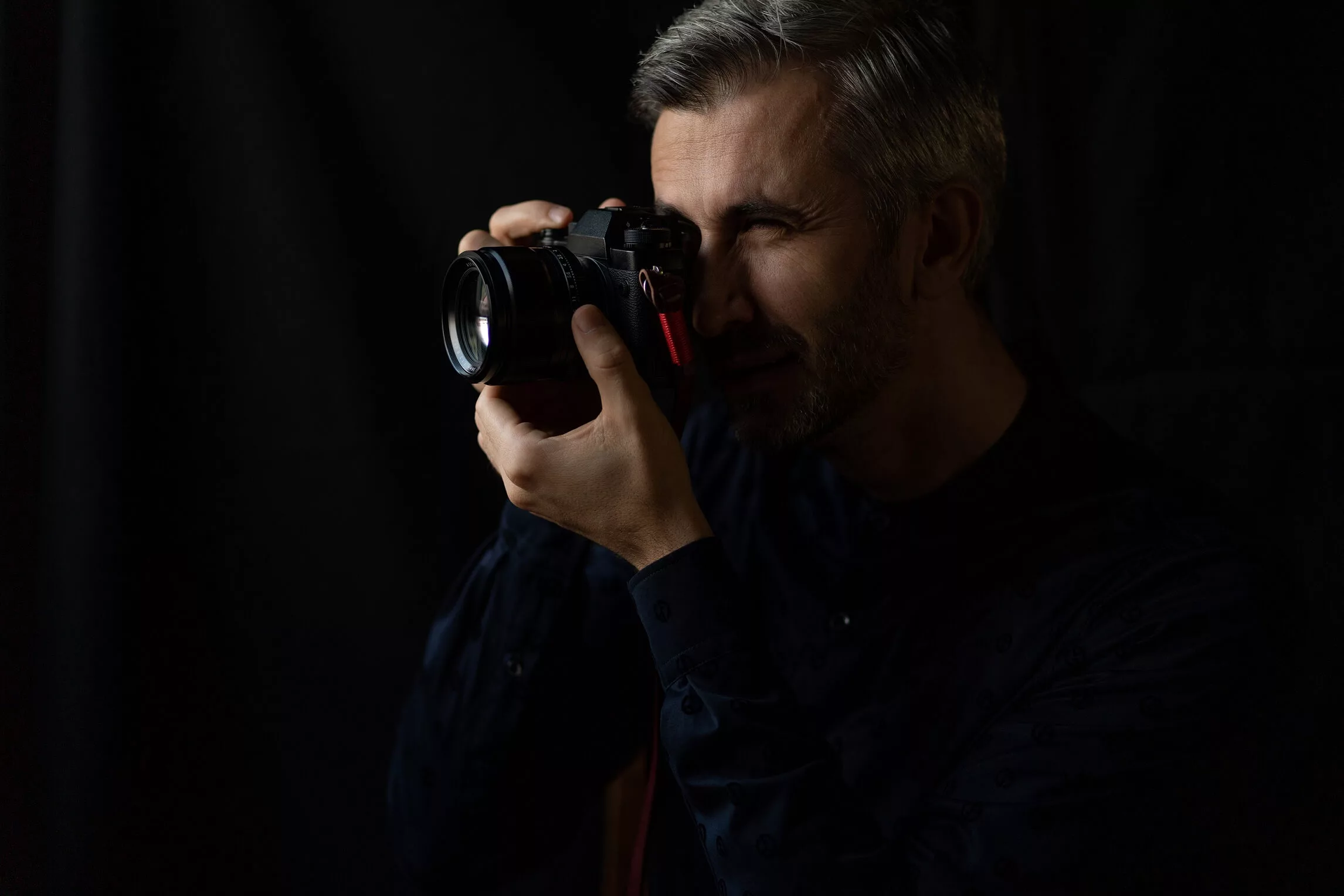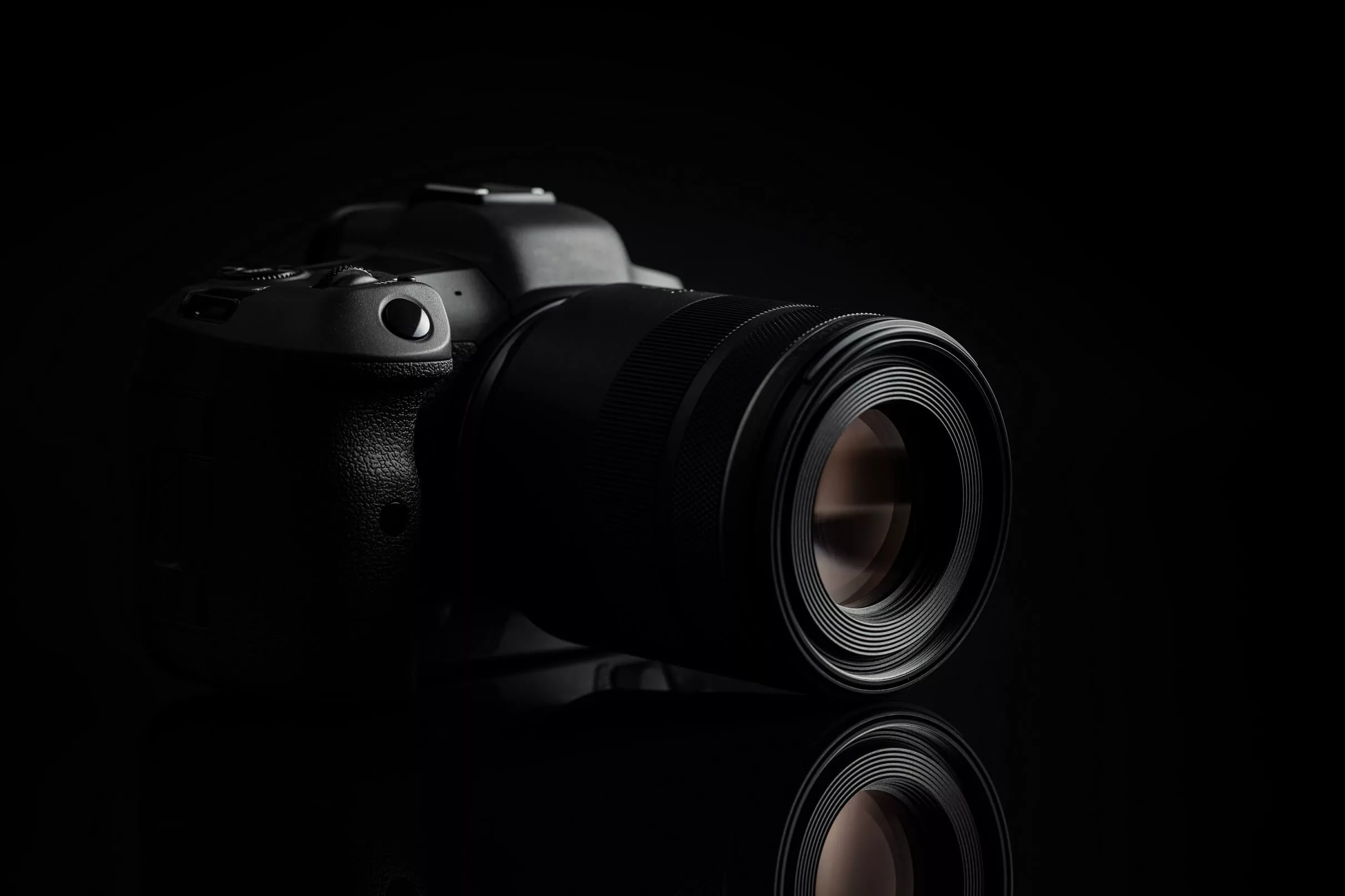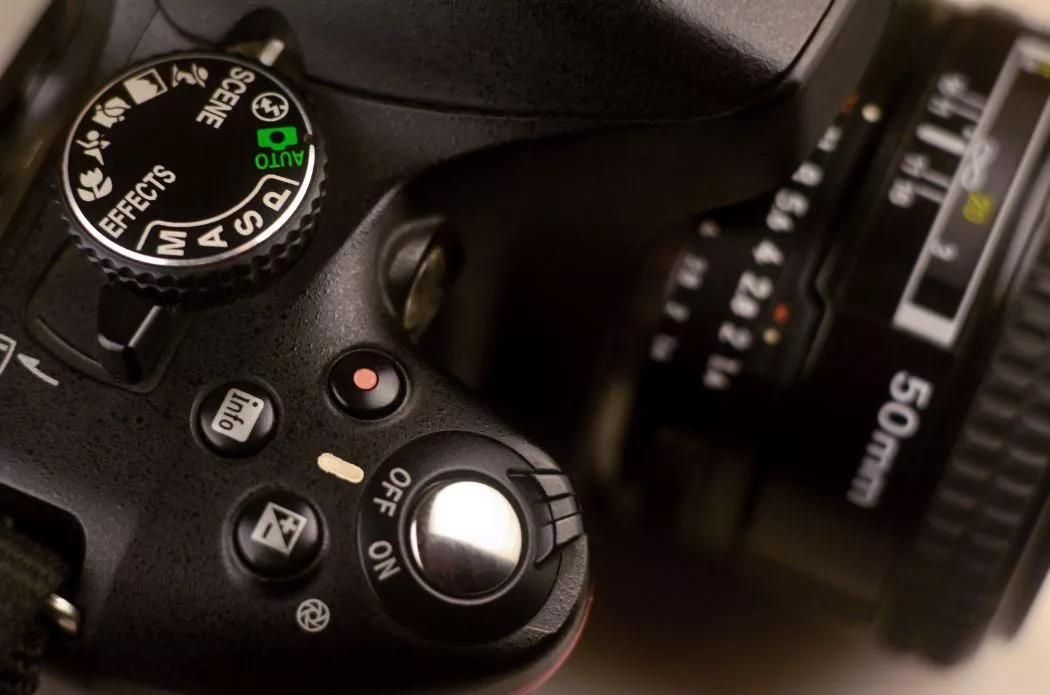Photography is an art form that relies heavily on understanding the technical aspects of your camera. One of the most critical settings to master is shutter speed. Whether you’re a beginner or an experienced photographer, understanding shutter speed and its impact on your photos can significantly enhance your ability to capture the perfect shot.
What is Shutter Speed?
Shutter speed refers to the amount of time the camera’s shutter remains open to allow light to hit the sensor. It is measured in seconds or fractions of a second, such as 1/500, 1/250, 1/60, or even several seconds. The shutter speed you choose directly affects how motion is captured in your photograph and how much light is let into the camera.
How Shutter Speed Works
When you press the shutter button, the camera’s shutter opens, exposing the sensor to light. The longer the shutter remains open, the more light is captured. Conversely, a faster shutter speed lets in less light. This balance between light and motion is what makes shutter speed such a powerful tool in photography.
The Impact of Shutter Speed on Your Photos
- Motion Blur vs. Freezing Action
Shutter speed plays a crucial role in how motion is captured in your photos.
- Fast Shutter Speeds (e.g., 1/1000 or 1/500): These are ideal for freezing fast-moving subjects, such as sports, wildlife, or a child running. A fast shutter speed ensures that even the quickest movements are captured sharply.
- Slow Shutter Speeds (e.g., 1/30 or slower): Slower shutter speeds allow for motion blur, which can be used creatively to convey movement. For example, a slow shutter speed can create a sense of speed in a car race or capture the smooth flow of a waterfall.
- Exposure and Light
Shutter speed is one of the three pillars of exposure, along with aperture and ISO.
- In low-light situations, a slower shutter speed can help you capture more light, but it may require a tripod to avoid camera shake.
- In bright conditions, a faster shutter speed prevents overexposure by limiting the amount of light entering the camera.
- Creative Effects
Shutter speed can be used to create artistic effects in your photos.
- Long Exposures: Using a very slow shutter speed (several seconds or more) can create stunning effects, such as light trails from cars at night or silky smooth water in landscapes.
- Panning: This technique involves using a slower shutter speed while tracking a moving subject with your camera. The result is a sharp subject against a blurred background, emphasizing motion.
- Camera Stability
The slower the shutter speed, the more susceptible your photos are to camera shake, which can result in blurry images. As a general rule, the shutter speed should not be slower than the reciprocal of your lens’s focal length (e.g., 1/50 for a 50mm lens) when shooting handheld. For slower speeds, a tripod or image stabilization is essential.
Choosing the Right Shutter Speed
Selecting the appropriate shutter speed depends on the effect you want to achieve and the conditions you’re shooting in. Here are some guidelines:
- Fast Action: Use a shutter speed of 1/500 or faster to freeze motion.
- Portraits: A shutter speed of 1/125 to 1/250 is usually sufficient for stationary subjects.
- Low Light: Use a slower shutter speed (1/60 or slower) and stabilize your camera to avoid blur.
- Creative Effects: Experiment with long exposures (1 second or more) for unique results.
Balancing Shutter Speed with Aperture and ISO
Shutter speed doesn’t work in isolation. It’s important to balance it with aperture and ISO to achieve the desired exposure and creative effect. For example, if you increase your shutter speed to freeze motion, you may need to widen the aperture or increase the ISO to compensate for the reduced light.
Conclusion
Shutter speed is a fundamental aspect of photography that influences both the technical and creative quality of your images. By understanding how it works and experimenting with different settings, you can take control of your camera and unlock new possibilities in your photography. Whether you’re freezing a moment in time or creating dreamy motion blur, mastering shutter speed will help you tell your story through images with greater precision and artistry. So grab your camera, adjust your settings, and start exploring the world of shutter speed!


